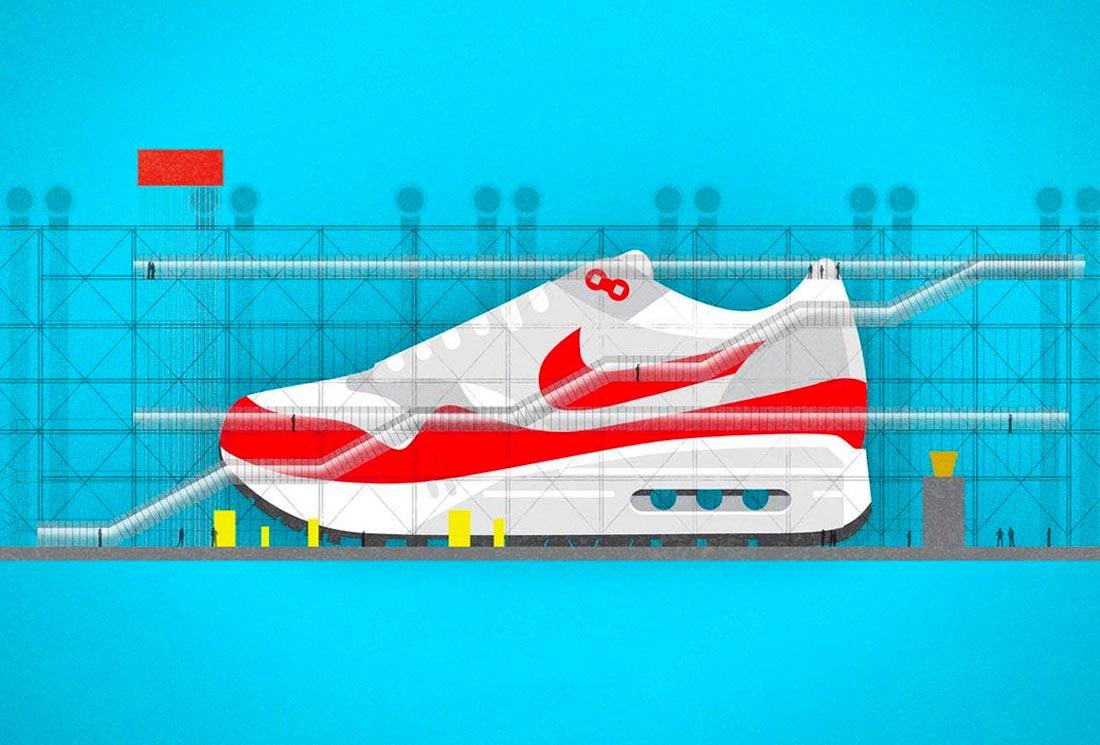A History of Inspiration: Air Max
The line is a favourite for plenty of sneakerheads, having changed the landscape of the footwear world with just about every release. As varied as the shoes themselves are, so too are the stories behind them. Ever wondered how they thought up the Air Max 97, or why thought to put air into soles in the first place?
Scroll down to find out the inspiration behind some of the classics, as well as a few slightly more obscure versions.
2020: Nike Air Max 2090
In 2020, while Nike celebrated 30 years of the Air Max 90, they took the DNA from their iconic silhouette and crafted the futuristic . While keeping some of the OG features of the AM90 – such as the heel logo, cassette, mudguard and cropped Swoosh – they completely upgraded the Air unit by adding a 200 per cent larger window than what you’d been used to. More flexibility was also added, taking the OG tread lines and updating it for performance use in 2020. And because the Air Max 90 was inspired by Italian sports cars, the first few Air Max 2090 colourways took cues from ‘the future of transportation’.
